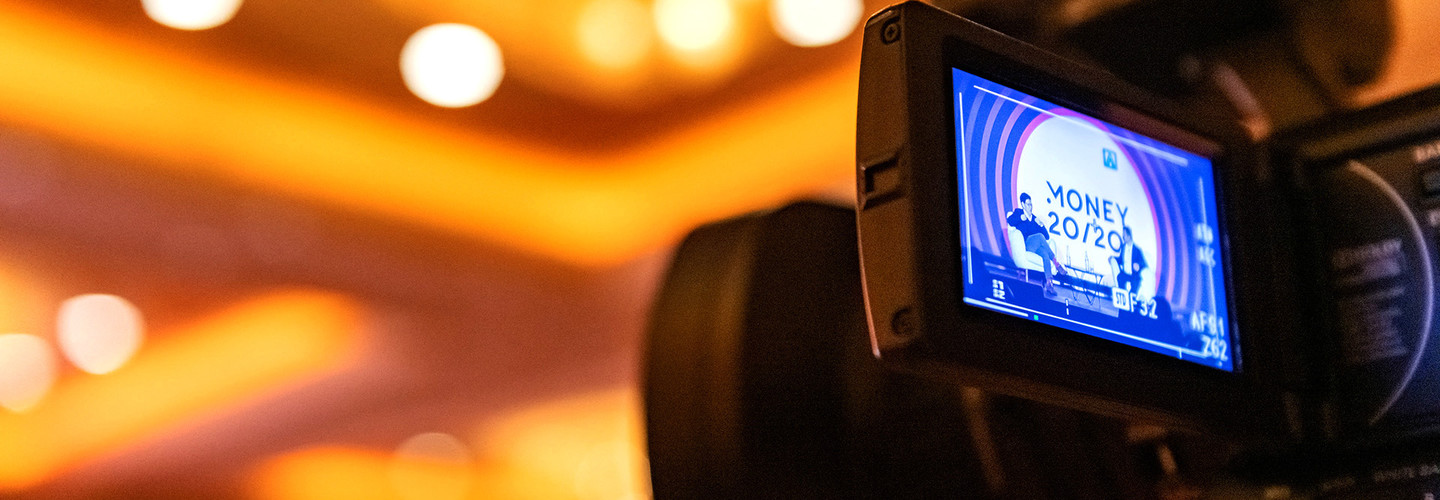Why Buy Now, Pay Later Is Different From Credit Cards
All three companies provide BNPL services to consumers, and all three made it clear that they view the service as a more responsible approach to consumer lending. It’s an innovative option invented by fintechs that lets shoppers make purchases that they pay for later at little or no interest.
Unlike old-fashioned layaway programs, where consumers only receive a product after paying for it in installments, shoppers take their purchases home with them immediately. Unlike credit cards, the lending is typically done on a transaction-by-transaction basis, with consumers sometimes submitting a down payment to get started and staying limited by low spending caps until they prove themselves creditworthy.
While they may charge fees for late payment, companies in the BNPL space make most of their money on merchant fees and advertising, not interest. Fitzgerald said the concept has become popular not just because it gives more leverage to credit-averse consumers but also because it delivers a superior value proposition to store brands. BNPL doesn’t merely provide a payment option for consumers; it brings customers onto e-commerce sites,
“We generate a significant amount of leads every day for our merchant partners, and these are engaged shoppers,” she said. “Merchants have seen BNPL really prove out at the checkout, where we command impressive share of cart totals and we increase average order values.”
GET MORE: Follow all of our coverage of Money 20/20.
BNPL Continues to Grow
BNPL took off during the pandemic as online shopping skyrocketed and has kept growing quickly. The total value of BNPL purchases is expected to exceed $143 billion by 2026, growing more than 17 percent each year, according to Insider Intelligence.
“We think of BNPL as a budgeting tool,” Fitzgerald said. “Our customers are credit-averse people who are looking for a way to control their spending and make their money go further. We provide transparent payment plans, so our customers know exactly how much they owe and exactly when they owe it.”
Kensel’s healthcare-focused BNPL company operates in a different environment than those that focus on the retail space, because consumers typically have to borrow significantly more than they would for a retail purchase. The average patient cost in orthodontia, for example, can run $5,000 or more. “Most people can’t just write a check for that,” said Kensel, who used to run orthodontic practices. “They need a way to pay for it over time, so it’s a critical tool to drive treatment acceptance. I saw firsthand how patients struggled to pay for out-of-pocket expenses, and it’s heartbreaking when people can’t access credit for themselves and their children.”
Fintechs in the BNPL space have a long way to go before they topple the credit card industry, but they’re not shy about comparing themselves favorably to plastic money.
“The proof is in the data: 95 percent of Afterpay transactions are paid on time and 98 percent incur no late fee,” Fitzgerald said. “In fatct, over one-third of our customers make most of their payments early.”
Find BizTech’s full coverage of the event here. Follow us on Twitter at @BizTechMagazine, and join the conversation using hashtag #Money2020USA.










